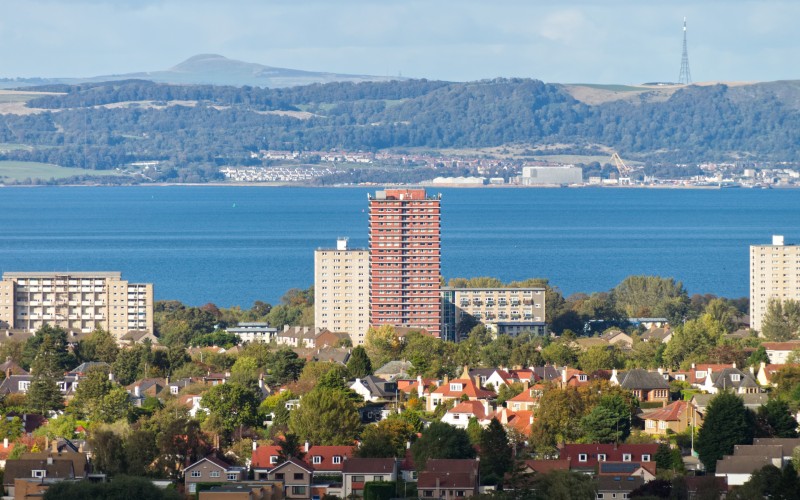
New legislation to help tackle unsafe property cladding has been introduced by the Scottish Parliament and is expected to become law within the next few months.
The Housing (Cladding Remediation) (Scotland) Bill was driven by the tragic events at Grenfell Tower in 2017. The Bill is Scotland’s next step on a complicated road to address cladding issues and particularly, the need to identify and remove unsafe cladding from buildings. Fire safety experts, chartered surveyors and building standards officers were among those consulted on the terms of the Bill.
Many properties across Scotland, particularly flats in tenement buildings, have been clad in more recent years and the topic is understandably something that we are often asked about by buyers.
The Cladding Assurance Register and Single Building Assessments
The Bill creates a Cladding Assurance Register, which will be accessible by the public. For a building to be entered into the Register, a Single Building Assessment will need to be carried out in relation to it. It is proposed that the Register will record when an assessment is carried out, what, if any, remediation works were determined, and when those works were carried out.
Criteria is set out in terms of what types of buildings fall under the remit of the Register, being those which:-
- Have an external wall cladding system
- Are at least partly residential
- Are flatted
- Have a height of at least 11 metres
- Have been constructed or refurbishment in the 30 year period between 1 June 1992 and 1 June 2022
The Single Building Assessment will be an assessment on the whole of a building, incorporating assessment of the external wall system as well as an internal fire risk assessment. It will result in a report detailing the risks posed by the external cladding system, and the remediation works required to eliminate those risks.
Where a Single Building Assessment identifies that remedial works are required, those works will need to be carried out before a property can be added to the Register. An offence is created for failing to provide correct information in relation to the Register and Assessments, with a maximum fine of £1,000.
It is likely that properties which are not on the Register will not be accepted for mortgage lending purposes and could prove difficult to insure for home insurance purposes, which could have a significant impact on the Scottish property market.
New Government Powers
The Bill also authorises the Scottish government to instruct a Single Building Assessment and any associated remediation work, as they see fit. There is a strict notice period of 7 days, after which the Government can proceed to instruct the Assessment notwithstanding consent from the owner.
Also provided for, are powers for the government to ‘evacuate’ occupants from buildings. They can exercise these powers where they deem there to be a substantial risk to life because of an external wall cladding system, and also where remediation works have been arranged which are deemed to endanger the lives of occupants.
Those who fail to comply could be liable for a fine of up to £5,000, imprisonment of up to three months, or both. There is an appeal process for owners who don’t agree with the government’s decision – with a strict 21-day decision period.
Responsible Developers Scheme
A Responsible Developers Scheme is introduced which allows for engagement with developers who were involved in the construction of buildings with unsafe cladding. The purpose of the scheme is to ensure that developers contribute towards the costs of addressing unsafe cladding and remediation works. Those developers who are not a member of the Scheme may be prohibited going forward from carrying out development works, and also obtaining building warrants and completion certificates.
The Bill is certainly a welcome step in dealing with cladding issues and fire risks within buildings in Scotland. At the moment, the EWS1 Report, which was developed by the Royal Institution of Chartered Surveyors is used but is limited in scope. The EWS1 only looks at the external cladding of a building and confirms primarily that a building has been assessed by a suitable expert for fire safety risk for mortgage valuation purposes. There is no legal requirement to obtain an EWS1, but most lenders will want to see this before agreeing to lend where cladding is present in a building.
The new system and accompanying powers introduced by the Bill is far more comprehensive but quite critically, the Bill lacks detail. This is especially true when it comes to the financial impact for property owners and developers. What is clear is that the impact on Scottish property owners, residents, and developers – and the Scottish property market will be significant.